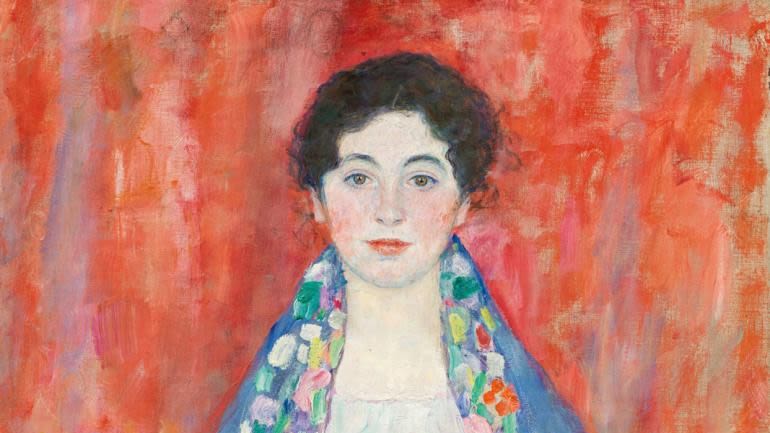Search results
News about Gustav Klimt, portrait, auction
News about University of Vienna, UBS, virology
Also in the news
Vindobona. / 48.21083°N 16.37028°E / 48.21083; 16.37028. Vindobona ( Latin pronunciation: [wɪnˈdɔbɔna]; from Gaulish windo- "white" and bona "base/bottom") was a Roman military camp (or castra) in the province of Pannonia, located on the site of the modern city of Vienna in Austria.
- c. 100
- X Gemina
- 103–433
- Roman fortification
In 1280, Jans der Enikel wrote the "Fürstenbuch", a first history of the city. With the Luxembourg emperors, Prague became the imperial residence and Vienna stood in its shadow. The early Habsburgs attempted to extend it in order to keep up. Duke Albert II, for example, had the gothic choir of the Stephansdom built.
People also ask
Where did Vienna come from?
Who inhabited Vienna?
When did Vienna become the capital of the Holy Roman Empire?
How did Vienna become a city?
Vienna (German: Wien ⓘ; Austro-Bavarian: Wean) is the capital, largest city, and one of nine federal states of Austria.Vienna is Austria's most populous city and its primate city, with about two million inhabitants (2.9 million within the metropolitan area, nearly one-third of the country's population), and its cultural, economic, and political center.
- Austria
- Vienna
Roman Vindobona. Like many other cities of Continental Europe, Vienna originated in ancient Roman times. In the first century AD, the Romans set up a military camp, called Vindobona, which formed part of the large number of similar facilities along the Limes frontier. The camp was situated in what is today the core of the city.
Viena este capitala Austriei, precum și cel mai mare oraș din aceasta țară, centru politic, cultural și economic. Este al zecelea oraș ca populație al Uniunii Europene. Orașul a fost fondat cca. în 500 i.e.n., fiind inițial o așezare celtică (Vindobona). Se află în nord-estul Austriei, întinzându-se la ora actuală pe ambele ...
Vienna - Imperial Capital, Habsburgs, Baroque: Traces of human occupation of the site of Vienna have been found dating as far back as the Paleolithic Period (Old Stone Age). The area was subsequently inhabited by the Illyrians and then the Celts. In 16–15 bce the Romans, under the future emperor Tiberius, occupied the foothills of the Alps, and in the next century the Celtic town of ...
Domul Sfântul Ștefan din Viena (în germană Wiener Stephansdom) este catedrala Arhiepiscopiei Romano-Catolice de Viena, un simbol al orașului și loc al multor evenimente importante din istoria Austriei. Îl are ca patron pe Sfântul Ștefan, primul martir creștin. Alegerea acestui patron are de-a face cu faptul că până la înființarea ...



